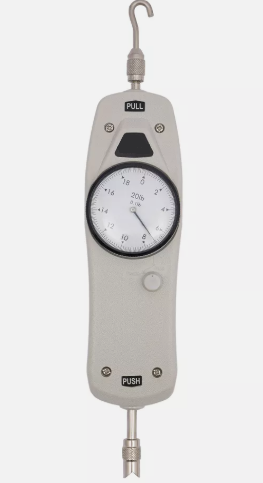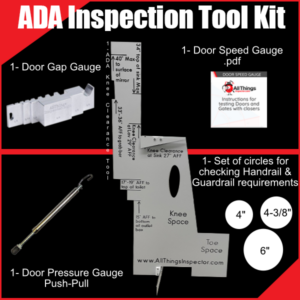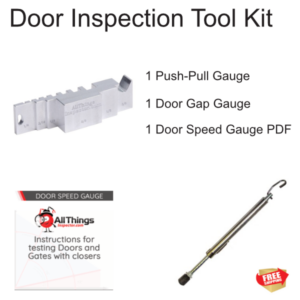

Conferences are meant to bring people together to share ideas, network and collaborate. However, the purpose of the conference can be defeated if people with disabilities who are in attendance are unable to enjoy their experience. Ensuring ADA knee clearance in conference halls is about making sure everyone including those with disabilities feels comfortable and included.
So, how do you design a conference hall that accommodates everyone without compromising on accessibility and convenience?
Continue reading to learn more:
According to the (Americans with Disabilities Act (ADA), knee clearance is important in ensuring that wheelchair users enjoy easy access, convenience and safety when using tables, desks or counters in public spaces. According to the ADA guidelines, knee spaces should provide at least:
Designing a conference hall according to the ADA guidelines and requirements is crucial in ensuring that everyone including those with disabilities (and wheelchair users) can access their seats and designated spaces with ease. Where is knee clearance necessary in a conference hall?
A typical conference room uses rows of chairs with narrow spacing. This makes it difficult for people in wheelchairs to find a comfortable spot. This can be fixed by providing accessible seating throughout the room, not just in one area. And wheelchair-accessible seats should not only be placed at the back.
Also, if the conference involves a roundtable discussion, the tables should be designed according to knee clearance ADA so everyone can participate comfortably.
The registration desk is the first thing people approach when they enter a conference hall. Ensure a section of the desk has knee clearance so wheelchair users can roll up and sign in without struggling. Use lower counters or adjustable height stations for a smooth user experience.
If the conference includes speakers or panel discussions, their seating and presentation areas should also be accessible. The stage should be designed to have ramps, not just stairs. A wheelchair user shouldn’t have to ask for help just to reach the stage. Also, panel tables should have enough knee clearance for speakers using wheelchairs and microphones and podiums should be height-adjustable.
Ensuring accessibility in conference halls should be a priority, not an afterthought. Ensuring ADA knee clearance in conference halls extends beyond compliance, it’s about creating an environment where everyone can fully participate. When you prioritize accessibility from the start, it makes it easier for everyone to participate and enjoy the conference regardless of their physical abilities. A conference can be considered a success only when everyone feels included and not like an afterthought.



Measuring door pressure is acting in compliance with building regulations, like the Americans with Disabilities Act (ADA). It’s an important step in ensuring accessibility, safety

When talking about building safety, the first things that come to mind are fire alarms, emergency exits and security systems. Meanwhile, the one tool that